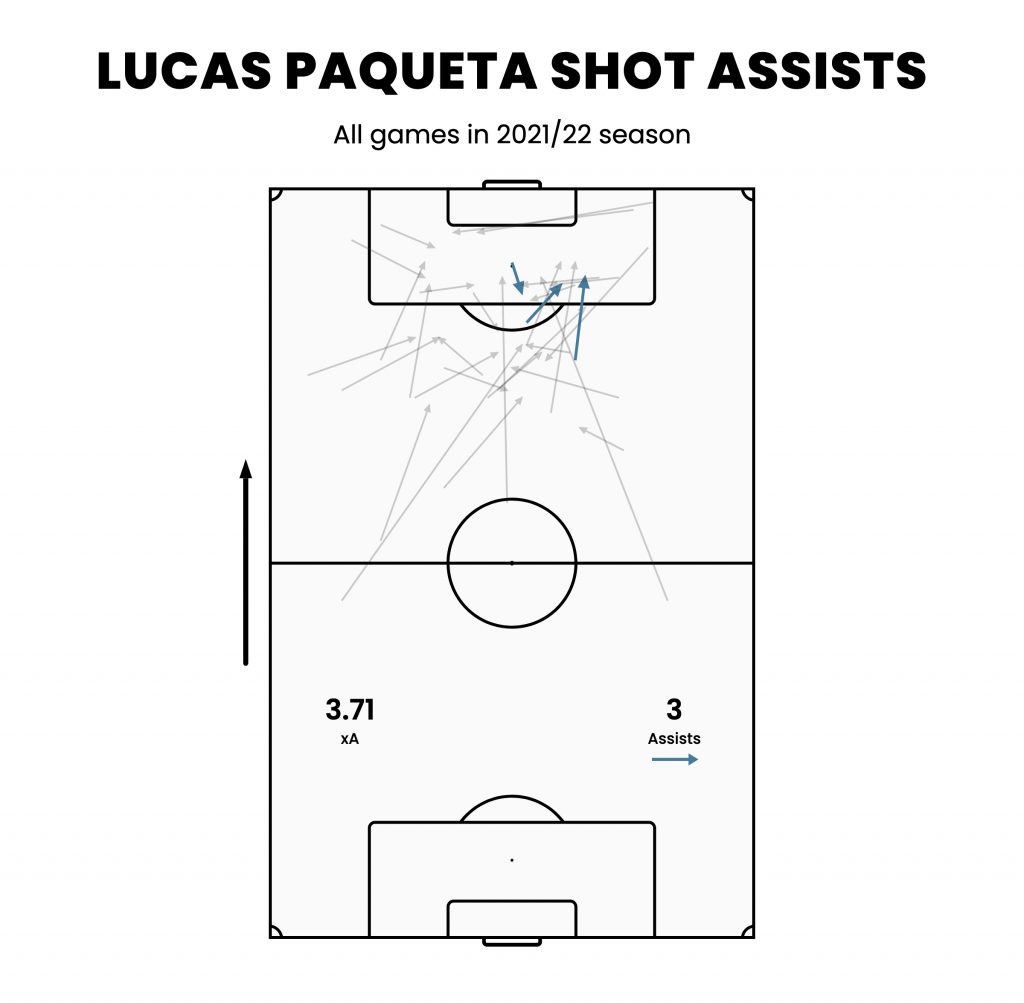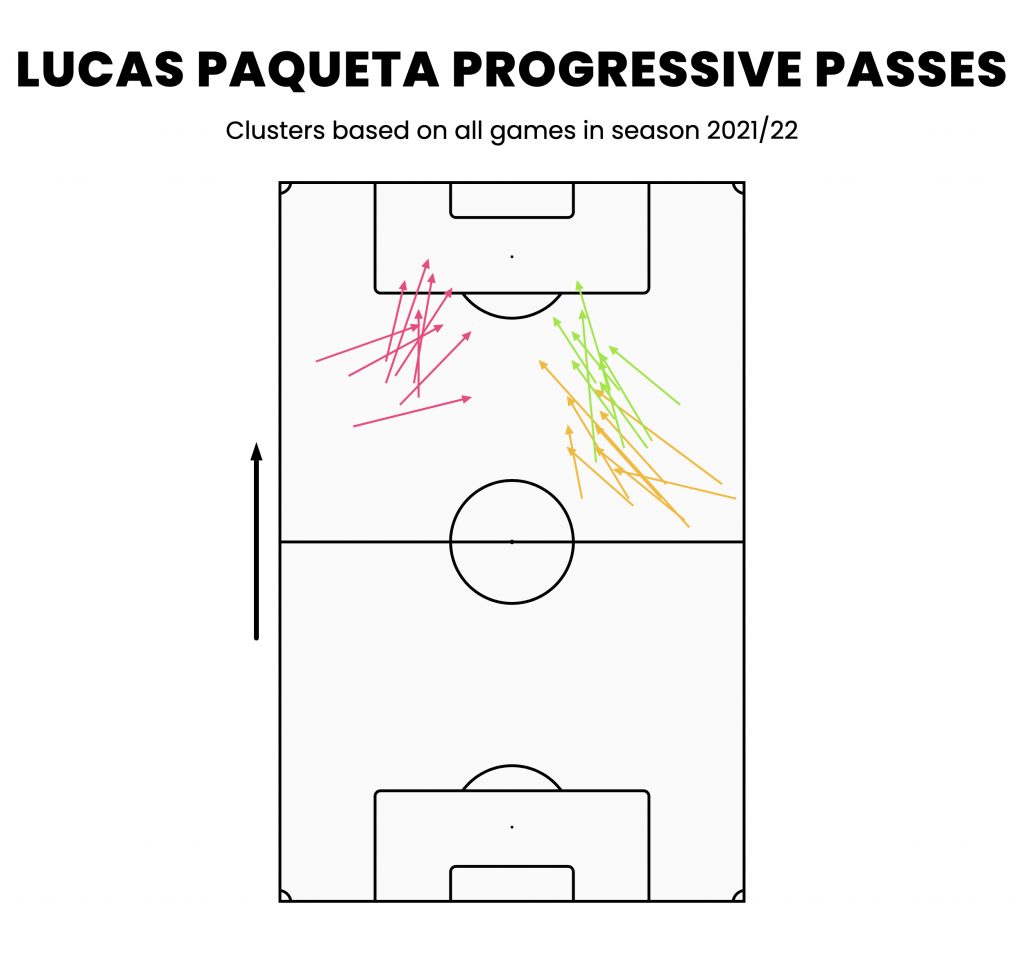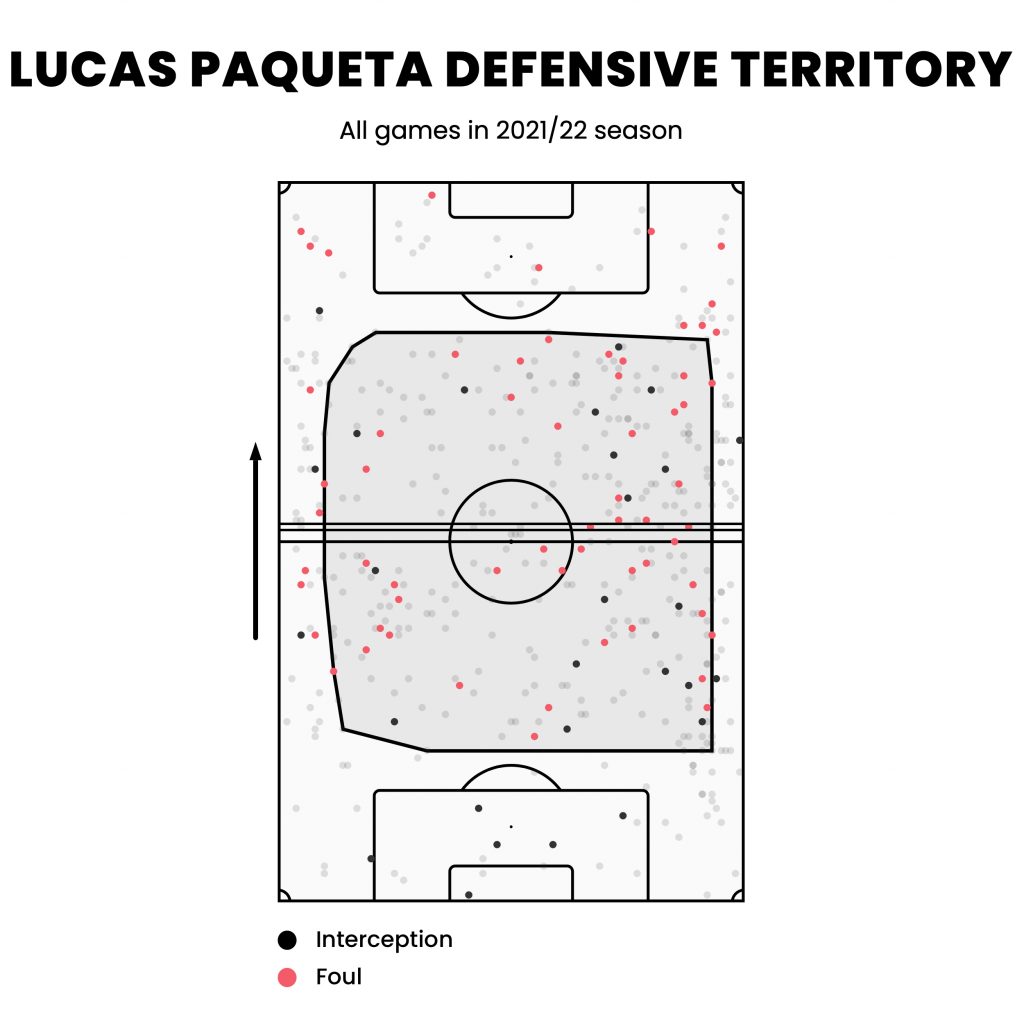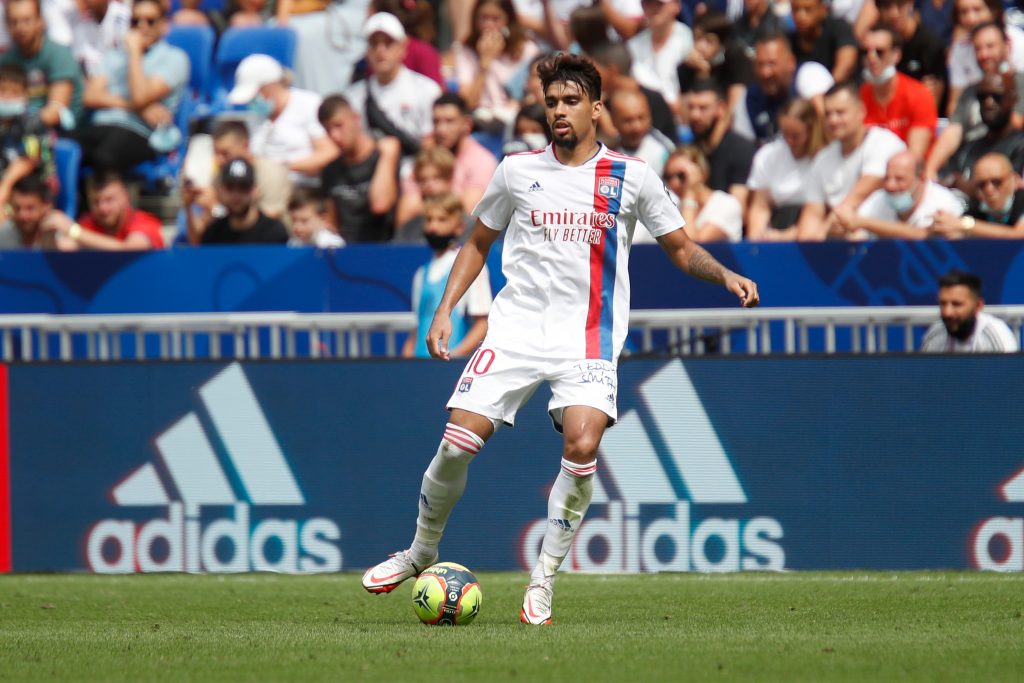Mohamed Mohamed casts an eye over the Lyon midfielder, who seems on the verge of joining the east London club
Ligue 1 has long had a decorated history of being a league where younger players are given the time to grow and evolve before other European clubs swoop in and acquire them at a hefty cost. It doesn’t take much effort to come up with a list of names who’ve emerged from France and became bigger stars elsewhere. Given the changes in football finances over the years, it’s tended to be the Premier League who have used their financial might for these sorts of transactions. This summer in particular has shown how much resources PL clubs have across the division in relation to the rest of Europe.
So it was no surprise that Lucas Paquetá had been heavily linked with moves to England all summer. He came to France as more of a diamond in the rough after a brief but turbulent tenure with A.C. Milan. Even though Olympique Lyonnais have struggled themselves in recent seasons, he’s evolved into being one of their best performers and has produced 29 goals and assists in league play over the past two seasons, all the while playing in a myriad of positions. That level of performance led to West Ham emerging from a pack of suitors to acquire him in a substantial move.
The versatility Paquetá showed with Lyon makes him an interesting player to analyze. Broadly, he has the statistical profile you’d come to associate with a high usage creator and it’s not hard to see why West Ham paid a hefty amount to bolster their attack. His defensive work is one you don’t often see from that archetype, which makes it easier for him to fit in different team frameworks than others. As we’ll see when dissecting his skillset, Paquetá’s a net-positive in several areas, even if perhaps not overwhelmingly so.
Passing
It’s easy to fall in love with Paquetá as a passer because he can operate credibly in either the middle or final third. In deeper areas, he can bypass multiple opponents with quick incisive passes from the flank or halfspace. He’s constantly looking to make himself available as a release valve to help maintain combination sequences. Part of what makes him press-resistant is being able to circulate possession comfortably even while being pressured from behind. He’s even got a bit of a back-to-goal game when facing up against fullbacks. This all creates the sort of connective tissue passing that can help raise a team’s attack.
In the final third, he’s very good at finding teammates with through-balls or reverse passes in behind; he even occasionally attempts them without needing a second touch. At least last season, he was an ordinary crosser and a rung or two down from the elite as an aerial passer. During transitions is when his chance creation comes to life the most, as the weighting on those high-value passing attempts is more consistent, which means his teammates don’t have to break stride during their run.


Dribbling
An interesting aspect of Paquetá is that, given how strong his dribble volume and success rate was, he wasn’t actually progressing very far with the ball. He was only in the 39th percentile among Ligue 1 players in progressive carrying distance last season, and 1v1s out wide, attacking the penalty box, are not his strong suit. Rather, he uses his dribbling and quick bursts of acceleration to create a bit of breathing room and set up a progressive pass attempt. He can operate in tight areas, receive on the turn, and use his lower centre of gravity and off-arm to manoeuvre past his marker. It’s not a surprise to see him emerge from an opposition double-team, even if it sometimes looks a bit scruffy. There’s also a bit of flair, mixed in with the occasional nutmeg.
Off-ball & Shooting
For lack of a better descriptor, Paquetá is all over the place without the ball. As alluded to earlier, he can float towards the flanks to help with creating overloads. He tends to drop deeper to receive within the right half space during build-up when possession is near him. I found him to be a willing runner within the final third, with his best runs being straight line sprints within the channel once he got on the blindside of his marker. In transition, he tended to pop up just inside the right half of the box to take advantage of the space created in front of him as the trailer. In these situations, he would try to open up his body for left corner finishes but couldn’t always get the technique down. It’s part of the reason why he’s been underwater as a finisher over the past three full seasons.
Defense
The constant activity off-ball from an attacking point of view also shows itself defensively.

Paquetá’s very aggressive closing out towards the flanks, and it largely goes in his favour. He gets low when looking to dispossess opponents so he’s got a better chance of staying with the dribbler. Even when beaten initially, he’ll continue to chase and try to recover even near his own penalty box. The strong level of commitment also shows when tracking his marker as the wide player within Lyon’s 4-4-2 out of possession. He doesn’t easily concede passing lanes as part of a set defense due to his mapping of the pitch, albeit there’ll be the occasional instance of him ball-watching and being bypassed. At his best, he can help transition the team from defence to offence with a blindside pressure and quick pass.
Analysis
The allure of players like Paquetá stems from their ability to contribute solidly in a number of areas going forward. He can make incisive passes in the opposition half, especially in transition. His dribbling is used more as a means to create a few yards of space, rather than 25+ yard gallops. He makes enough runs to find himself on the end of some scoring opportunities, but does like to settle for a number of low value shots. That helps add up to one of the higher usage rates seen in the big five leagues last season, alongside a decent but unspectacular shot creation rate.
The granular metrics are mixed. Expected threat thinks he’s a good passer and ordinary ball-carrier, which makes sense when reviewing his film, although the uninspiring solo ball progression is less of an issue in this case. It’s worth noting as well that his passing was even better in 2020-21. All-in-one models are split on which of his Lyon seasons were greater. DAVIES thought 2020-21 was top ten caliber when adjusted for minutes in part due to stronger buildup passing as Paquetá played more in central midfield, whereas 2021-22 was barely in the top 100. Hugh Klein’s adjusted plus-minus model is higher on 2021-22, but the overall impact lags because of the low defensive rating. I think it undersells his individual defence to a decent degree because of the overall team struggles.
With West Ham acquiring Paquetá, it makes for an interesting discussion on how much value he could provide. Lyon were one of several teams in France who liked to keep control during possession play, and win it back quickly under Peter Bosz. West Ham under David Moyes are quite the contrast with a strong counter attacking style and defending deeper. There’s an argument to be made that the best environment for someone of Paquetá’s skillset actually is a team who presses high and is more direct in attack than what Lyon were, with Leeds under Jesse Marsch and Liverpool under Jurgen Klopp fitting the bill in England.
With that said, there’s reason to believe this could still be a fruitful marriage between player and club. The Hammers have the kind of attackers who like to hunt for space behind the opponents in Gianluca Scamacca, Michail Antonio, and Jarrod Bowen. Antonio’s also a dual threat to take on defenders in these chaotic situations. That blends in well with Paquetá’s tendency to spam forward passes against unsettled defenses, and an argument can be made that he’s walking into the club as their most dynamic passer. The individual pressing numbers will lessen, but it’s reasonable to think he’ll still make a positive impact while in a settled defensive block, especially with a quality midfielder like Declan Rice to clean up any of his missed defensive gambles.
I am a fan of Paquetá and the versatility he brings. Unlike other ball dominant final third players, his activity without the ball in both attack and defence gives him a better chance of providing at least decent value wherever he goes. West Ham don’t have the absolute perfect team style for his gifts, and he’ll have fewer opportunities in the final third compared to his time at Lyon. There’ll be a greater reliance to make good on those fast break moments and I’m more bullish there with the surrounding talent already in place. Time will tell whether the move works out for player and club, but Lucas Paquetá is the kind of talent gamble that a non-“Big Six” Premier League club is smart to take.
Header image credit: Shutterstock/Roman Biard














